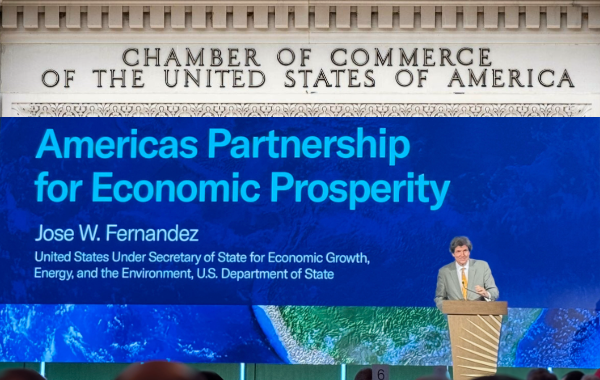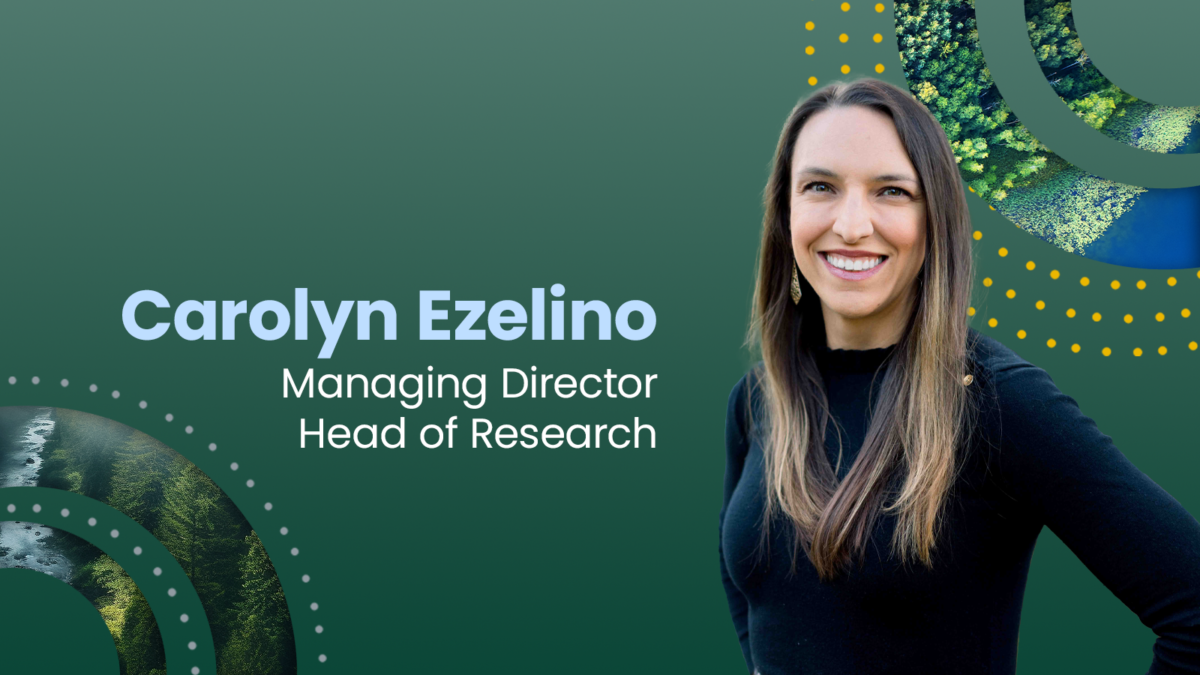The Social Bond Investor, By Matt Beech
December 22, 2013
Even as most of us remain fixated upon the highs and troughs of the stock market, there are those who, being driven by an increased consciousness of their responsibility towards society and the environment, have been investing in concerns with a social impact agenda. The KL Felicitas Foundation (or KLF) of Charly and Lisa Kleissner has grabbed headlines for proving the success of social impact investing in terms of a positive financial ROI.
The beginnings of KLF
In 2000, Charly and Lisa Kleissner, both successful Silicon Valley professionals and entrepreneurs, decided to establish a foundation for helping entrepreneurs get their business off the ground. Christened the KL Felicitas Foundation, it was allocated a modest starting budget of $10 million. However, by 2005 the founders had decided to shift focus from providing grants to investing in firms with a measurable (or at least visible) social impact agenda.
To do this, they created a framework (called Impact Investment Spectrum) which classified All investing strategies into four types based on the social impact the investment could generate –
- Responsible This was the lowest level of consideration, seeking to make sure that the company did not violate any environmental or socio-economic norms and that its operations did not imperil them in the long run. This was essentially negative screening based on a minimum criteria that enabled them to quickly remove companies that had a negative effect on society / the environment.
- Sustainable Going beyond this negative analysis, sustainable investing is defined as actively looking for investments that are positioned to benefit from market conditions by integrating environmental, social and governance (ESG) factors into core investment decision-making processes. This can include corporate engagement, innovations and new markets that are recognized as a path to growth, with positive social and environmental benefits, e.g., alternative energy.
- Thematic Above sustainable is thematic, which involved investing in commercial propositions with the core focus being on one or more impact themes, like water conservation, reforestation, etc. Due to the high priority given to the impact aspect, this segment is typically far more restrictive in terms of the market size that they can tap into.
- Impact First Unlike the above three, impact first disregards the financial implications of the investment to some extent to focus solely on the Social and Environmental value created for investors.
Developing a Social Impact portfolio
Sonen Capital, who were tasked with creating and managing a portfolio which remained true to the Social Impact agenda of KLF while ensuring adequate returns, mention in their report that only about 2% of KLF’s funds were invested in Social Impact Investments in 2004, whereas by end of 2012, nearly 90% had been invested in Social Impact Investments. KLF’s founders have decided to invest 100% of their funds into the portfolio, and Sonen Capital aims to invest about 93% by the end of 2013.
The company believed that Social Impact Investment need not be unprofitable, or less profitable than the popular benchmarks. To do this, they sought to find profitable investments across the entire spectrum of traditional investments but with the Social Impact criteria firmly in mind. As such, they sought to balance financial and impact goals. Specifically, they sought adequate diversification across risk exposures even as they tried to find investments that met the impact criteria.
Sonen Capital admits that finding investments that balanced the two was difficult, and they sacrificed profitability in order to invest in Impact-First category many a times. Foundations and enterprises whose goals were closely aligned with those of the KLF formed the bulk of the beneficiaries of such Impact First Investment. In particular, investment was made into private equity, real assets and cash equivalents. Cash equivalents were especially favoured (though even here the financial and Impact goals remained unreconciled) and they helped protect the portfolio during the Recession of 2008-09.
Evolution of the KLF Impact Investing Portfolio
Despite the modest returns in the early period, the increasing sophistication of impact investing landscape over the years led to more lucrative investment opportunities opening up, especially with regard to investments that were made keeping the ESG factors in mind. A number of opportunities arose in the private market assets, debt and private equity in particular which allowed for far ranging Impact while providing decent returns to the investors. Similarly in the public market, debt securities issued by the ESG leaders created opportunities for broad Social Impact as well.
Further, the traditional diligence carried out by investing firms was not enough. Meetings were held with the executives of the concerned firm to discern the company’s Impact strategies, reporting capabilities and adherence to the core values of the KLF. These were of course, complemented by the negative screening involved in Responsible investment and more positive screening as well.
The results of KLF’s Impact Investing Strategy
KL Felicitas has returned 4.2% in global equities since inception, with the Social Impact Investments returning specifically 4.5% annually. This can be compared to the Barclays Global Bond Index’s Aggregate of 6.1% and the MSCI’s world Index’s 2.6%. Considering that during part of this period, KLF had to invest in parts of the Social Impact Spectrum which did not have enough risk protection; this can be considered excellent performance by the Foundation.
See the full article on The Social Bond Investor


